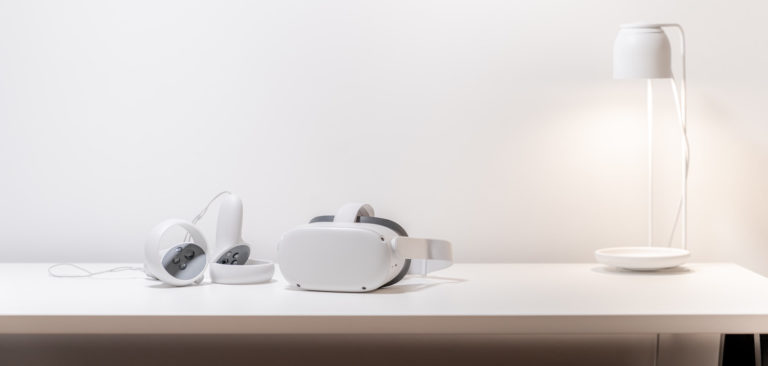
VR traction over the past few years has been slower than many had anticipated. But it’s still finding small wins and is growing at a fairly healthy pace. So the question is how well it’s landing with consumers today, and are those sentiments trending in the right direction?
So we set out for answers. Working closely with Thrive Analytics, ARtillery Intelligence authored questions to be fielded through its established survey engine to more than 98,000 U.S. adults. The result is Wave VI of the research, and a narrative report we published to unpack the results.
Known as VR Usage & Consumer Attitudes, Wave VI, it follows similar reports over the last few years. Five waves of research now bring new insights and trend data to light. And all five waves represent a collective six-digit sum of U.S. adults for robust longitudinal analysis.
Among the topics tackled: How is VR resonating with everyday consumers? How often are they using it? How satisfied are they? What types of experiences do they like most? How much are they willing to pay for it? And for those who aren’t interested in VR… why not?
Chicken & Egg
After several excerpts that broke down survey findings from this report, we now reach concluding segments where we look back at the top themes and takeaways. VR isn’t the revolutionary technology force once touted, but also isn’t dead as some punditry may have you believe.
Still, there are challenges. One prevailing theme in this report is the stack difference in sentiments between VR users and non-users. For example, VR users report high satisfaction and usage frequency. Non-users conversely show price sensitivity and explicit disinterest.
This demonstrates VR’s underlying chicken & egg dilemma. Its highly immersive and visceral interface can captivate users. But those same qualities make it so that VR can’t draw in the uninitiated masses through traditional marketing like video. It’s like “selling TVs on the radio.”
That means consumers need to experience VR before they “see the light,” which presents logistical challenges in pushing a first taste at scale. However, non-users aren’t motivated to go through the activation energy to try the technology… so they linger in ambivalent territory.
Our sister report on mobile AR had similar findings, but its barriers are lower due to what we call “zero-cost hardware.” That’s a fancy way of saying that you can start using AR on your existing smartphone. VR’s dedicated hardware requirements mean it has a much steeper hill to climb.
Virtuous Cycle
For all these reasons, standalone VR will continue to accelerate adoption by lessening cost and usage friction. The category is represented best by Meta Quest 2, as seen in its sales and market share, and as validated in this report’s survey results. It also carries a cost advantage.
Going deeper on that cost advantage, Quest 2’s headline is its price tag. Though it experienced a price hike in 2022 due to inflation and pressure on Meta to improve its VR profitability, it’s still the best value in VR. The base model is an affordable (and giftable) $399.
Achieving this low price point is part of Meta’s loss-leader play. It wants to seed a network effect and gain an early VR market-share lead by stimulating usage. That in turn attracts reach-driven developers to the platform, which in turn boost app libraries that attract more users.
This virtuous cycle starts with motivating adoption through compelling hardware and aggressive pricing. That’s Quest 2 in a nutshell. And the survey sentiments in this report validate this price point, as 82 percent of current VR users would pay $399 or more for a VR headset.
We’ll pause there and circle back in the next installment with more report takeaways…






